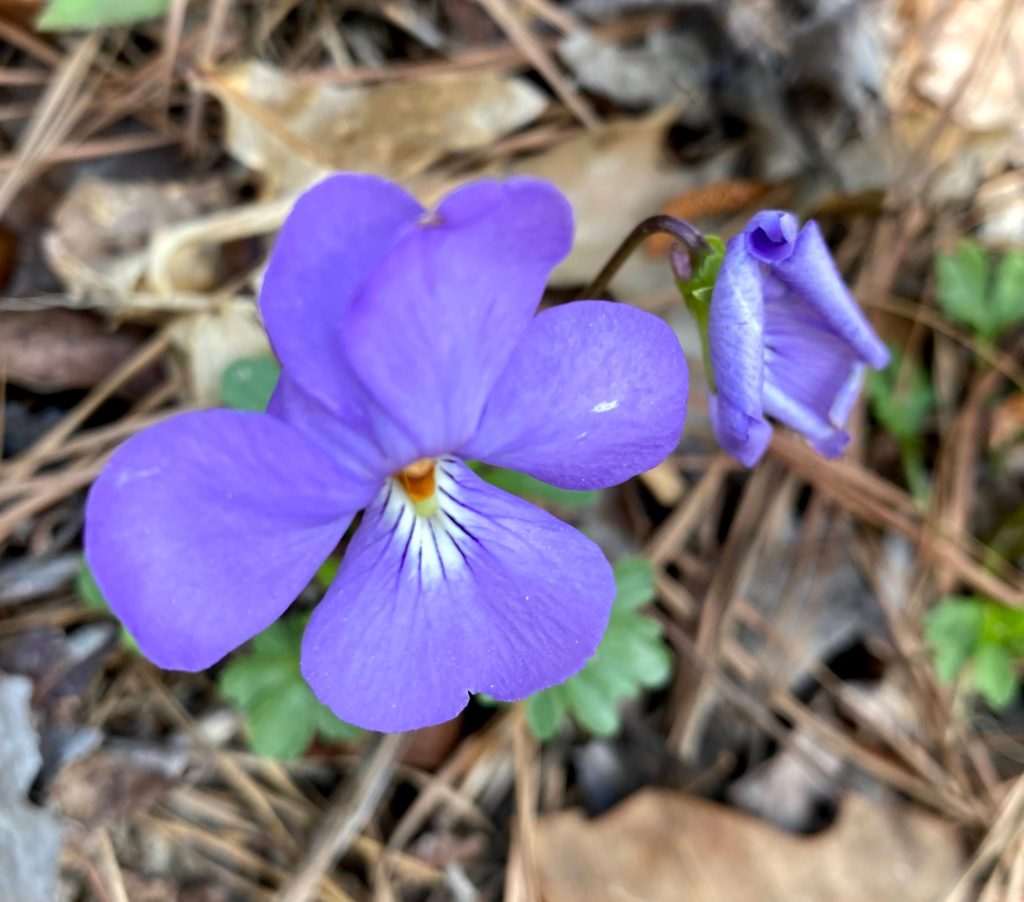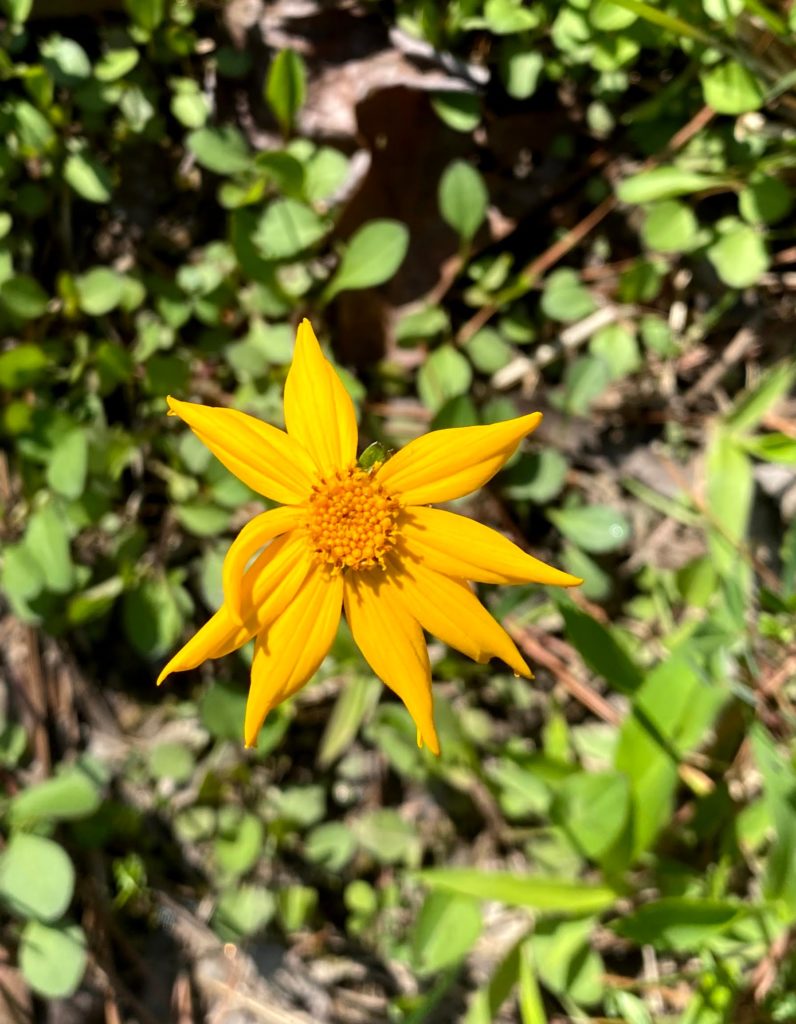
I can’t remember a time in my life that I did not glance at a field or patch of woodland without looking for something in bloom. It’s easy to fall into this habit when you are quite young, not very tall, and curious about anything that is growing at your feet.
Now that I’m a much taller, middle-aged person, I’m just as curious about the wild blooming plants I see from my car as I go about my day. This month it’s easy to spot tickseed, salvia, and red clover blooming along the roads winding through Georgia and Alabama. It’s springtime in the South and the world is cloaked in verdant green.

Plants both desirable and undesirable are doing their best to cover the ground, which is of course what nature intended. Without plants, our valuable topsoil would eventually just wash away. If these living plants are so important to our world, why is it that we seem to hate so many of them?
Show any of my neighbors a patch of land left to its own devices, and they will tell you they just see weeds, lots and lots of weeds. In our country, we’ve been taught by all the big companies that sell lawn and garden chemicals that weeds are horrible things that we should kill, or at least keep under control.
I agree that there are some bad players in this weedy world, and there are a handful of plants that can be vexing in a Southern garden, such as the spotted spurge that appears in my slate path each summer without fail. Oxalis pops up often in my garden beds, often brought with newly purchased plants, and if you fail to remove it before it flowers, it will fling its seeds far and wide. Next on the list is an annoying plant called chamber bitter that arrived in my raised beds one summer and proceeded to begin its march through my property. In all honesty I’m very bitter about chamber bitter. But I digress. Most of the plants that my friends and family called weeds I consider misplaced plants. I pull them by hand. I curse them. I sometimes torch them with my weed dragon (that’s a topic for another day), but I don’t usually hate them. In fact, I often love them.

In spring, enormous patches of birdsfoot violets and lyre leaf sages bloom on the sundrenched stretches of road leading to our lakehouse. I love the delicate-looking fleabanes that bloom each year in a sunny clearing on our land that might be described as a broom sedge meadow. As the summer season progresses I find groups of coreopsis or tickseed, goldenrods, blazing stars, and various asters native to the South. I doubt that anyone else living on this road gives them a second glance.
While each spring my neighbors like to get out their back-pack sprayers filled with Roundup, I go the opposite route. Each year I try to add to the many types of flowering plants growing alongside the native broom sedge. It’s not easy, but I see glimpses of progress as the seasons unfold each year. The brambles and pine seedlings may get the best of me in the end, but I’m hoping that someday my neighbors will look at my weed-filled meadow and see what I see – beauty.